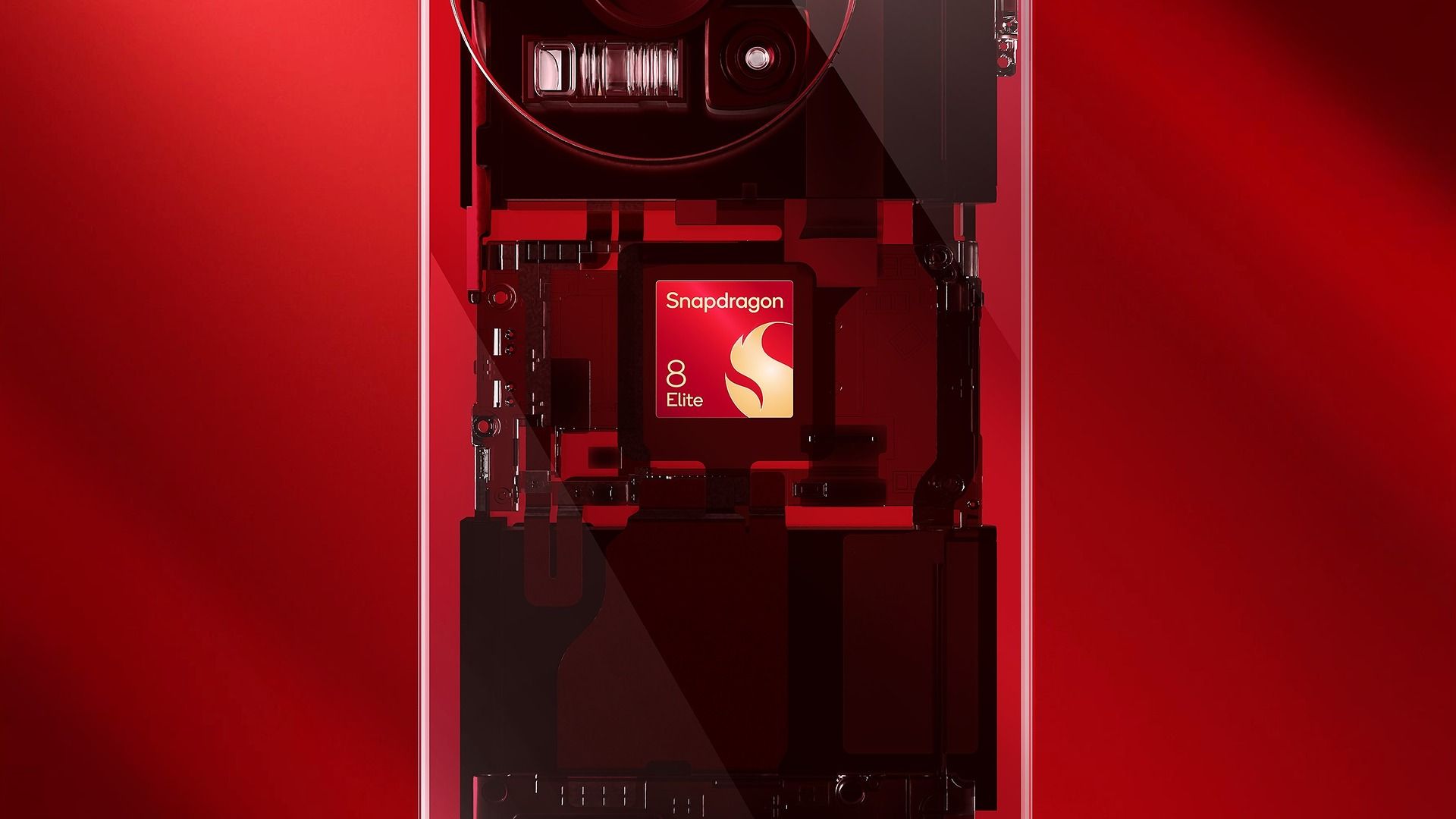Important points
- Google’s GRF program allows chip vendor-side software to be reused across three Android versions.
- The Longevity Google Requirements Freeze (LGRF) program is essentially GRF on Android, allowing you to reuse vendor-side software for seven Android versions.
- Qualcomm’s recently announced Snapdragon 8 Elite is the first chipset under LRG.
Most devices today become obsolete not through wear and tear, but through a lack of software support. A few years ago, it was the norm to wait two to three years for OS updates, but Google and Samsung are trying to change that.
Mountain View-based Google is officially extending support for its flagship products for the first time in 2023, giving the Pixel 8 series seven years of guaranteed Android OS and security updates until October 2030. announced. What was surprising was that Google extended the same support to its own products. The mid-range Pixel 8a is no different, marking a major shift in our expectations from the tech giant.
Samsung followed suit, announcing seven years of OS and security updates for the S24, S24+, and S24 Ultra, and the Galaxy Z Flip 6 and Fold 6 received similar support.

related
Galaxy Z Flip 6 and Fold 6 are Samsung’s first foldable devices to get 7 years of full OS support
Comparable to Google’s Pixel 8 and Galaxy S24
As expected, Google’s latest Pixel 9 series will also offer extended OS and security updates until 2031, but that’s not the tech giant’s end goal. The company hopes more smartphones and their buyers will benefit from seven years of updates.
As highlighted by Mishaal Rahman in a report for Android Authority, the tech giant wants to make it easier for other OEMs to provide seven years of updates to their devices. Longevity Google Requirements Freeze (LGRF).
For reference, in 2020 Google launched GRF. This essentially laid the foundation for the long-term support we enjoy today. Freezing requirements has made it easier for chip makers like Qualcomm and MediaTek to support multiple OS iterations on a single chipset. This eliminates the need for chip vendors to update vendor-side software across at least three iterations of Android.
A clue to longevity by freezing Google requirements

related
Qualcomm Snapdragon 8 Elite: Everything you need to know
What’s next for the mobile chipset giant?
LGRF essentially allows vendor-side software for the same chipset to be reused for 3 to 7 Android version updates. This means that devices launching with Android 15 could potentially receive updates up to Android 22 without requiring a significant software commitment from the chip vendor (as long as the naming scheme remains consistent). ).
The program will keep vendor software frozen for the first three years, but OEMs will be required to update their Linux kernel after three years to receive Google certification and ensure timely security patches. There is. Qualcomm’s recently announced Snapdragon 8 Elite is the first chipset based on LRGF.
While this program has clear benefits, such as extending the lifespan of a large subset of devices, it also has drawbacks and limitations. For example, one of the restrictions in place is that OEMs cannot ship devices with an Android version that is four updates later than the chip’s original vendor software. For example, Snapdragon 8 Elite vendor software designed for Android 15 cannot be used directly on devices launching on Android 19. This is to prevent manufacturers from shipping devices that only benefit from three OS updates.
In addition, some future features may require vendor software updates, which may freeze the vendor software on certain builds and prevent it from supporting the new feature.
Google has not released details about LGRF. Rahman suggests that the tech giant held an event for OEMs earlier this year that informed us about Google’s plans to freeze longevity requirements.

